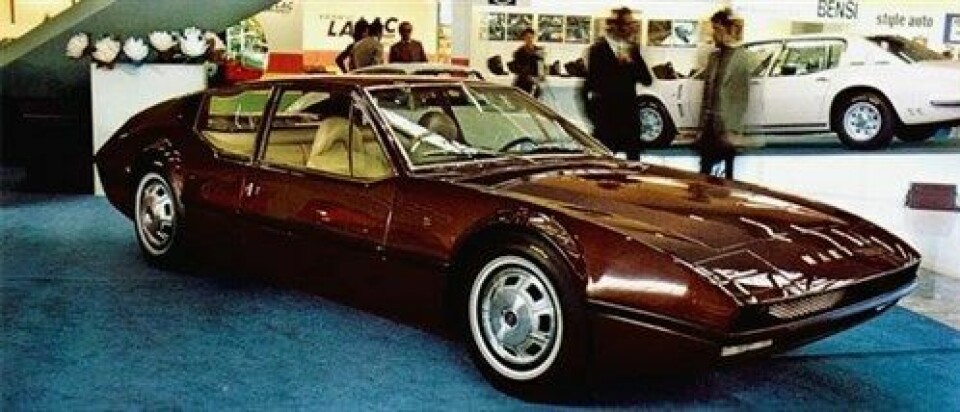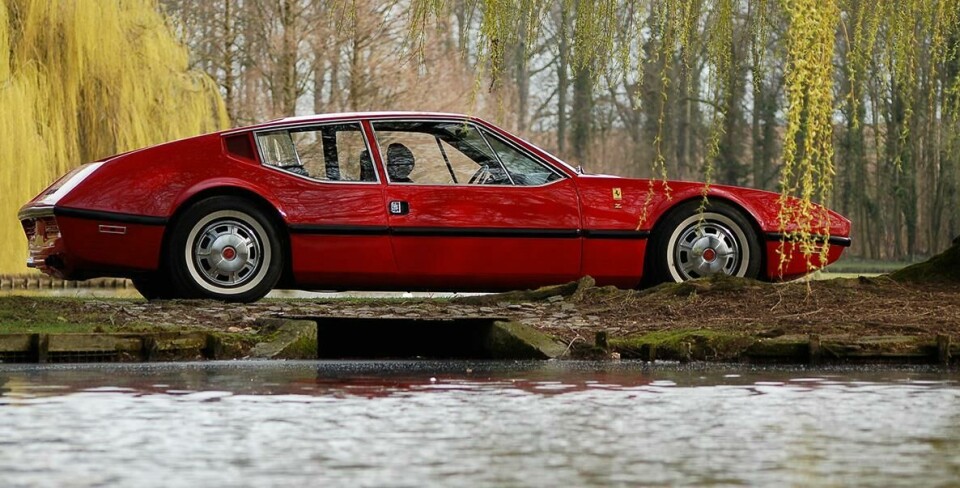
Concept Car of the Week: Cadillac N.A.R.T. (1970)
A racing team’s redesigned Eldorado, by Zagato
The N.A.R.T. was not the only Cadillac concept to emerge from a racing background - directly or indirectly – but it remains perhaps the most unique.
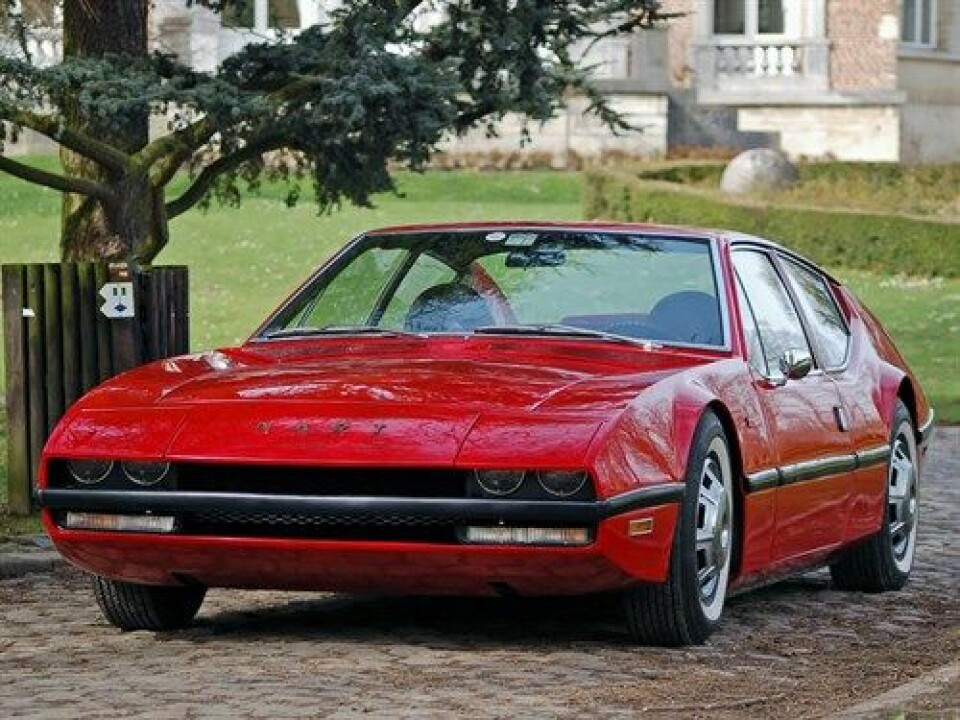
From 1947 to 1970 Luigi Chinetti held the exclusive rights to Ferrari distribution in the United States. An Italian racing driver and former member of the Italian Air Force (he was kicked out in World War I for being underage), his dealership in New York was legendary, a place of pilgrimage for the Italian auto enthusiast.
Chinetti also ran one of the most successful, and certainly the most colourful, privateer racing teams in the world: N.A.R.T., the North America Racing Team. He and his scrappy team of employees and volunteers managed to field a team that challenged the large and well-financed factory teams for more than two decades, taking a shocking win at Le Mans in 1965 among other high-profile finishes.
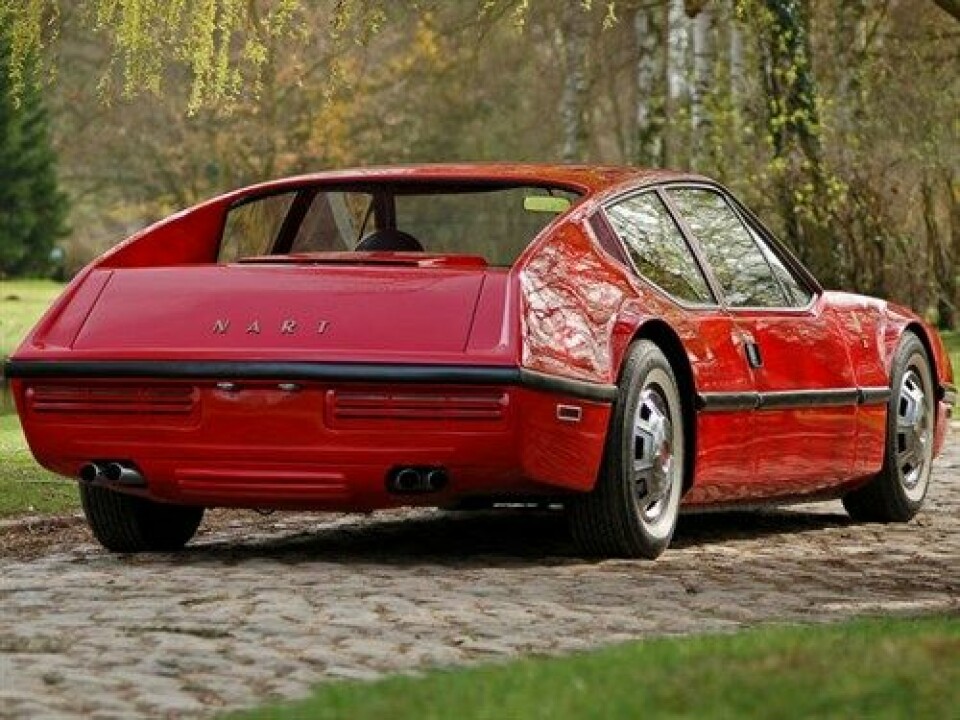
But as the 1960s wore on, Chinetti saw storm clouds looming on the horizon. His racing team, was, as usual, on the edge of financial ruin. But worse, the U.S. Congress clean air regulations then under consideration threatened to curb the sales of exotic cars, and his dealership was threatened by the changing times. Chinetti was determined to develop his own exotic car: American-made with the appropriate emissions controls, but with an Italian flair in its design.
Chinetti spoke with contacts at General Motors, who were interested in the project. His son Luigi Jr. sketched out some concepts, he hired an Art Center College of Design graduate to draft out scaled elevations, and a clay model soon emerged at GM’s studio. The design was then shipped off to Zagato in Italy for completion of the design, and construction of the concept car.
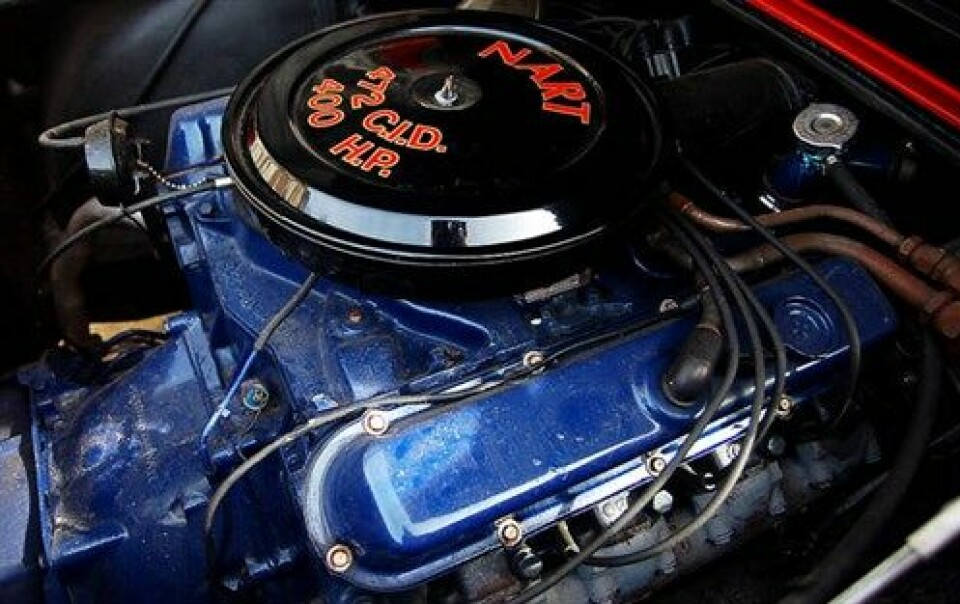
During the design process General Motors had donated a Cadillac Eldorado Mark VII chassis to the project. The Eldorado was notable not only for its large luxury coupé design, but for its front-wheel-drive - along with its cousin, the Oldsmobile Toronado, it was the first FWD car from a major American automaker. GM took apart the Eldorado chassis, lengthened it, and moved the massive 500 cubic inch (8.1-litre) engine amidships, resting it between the rear wheels.

From here the project’s overall package was developed, with a four-passenger cabin and a low trunk for the spare tyre up front (a separate, small trunk was placed at the rear).
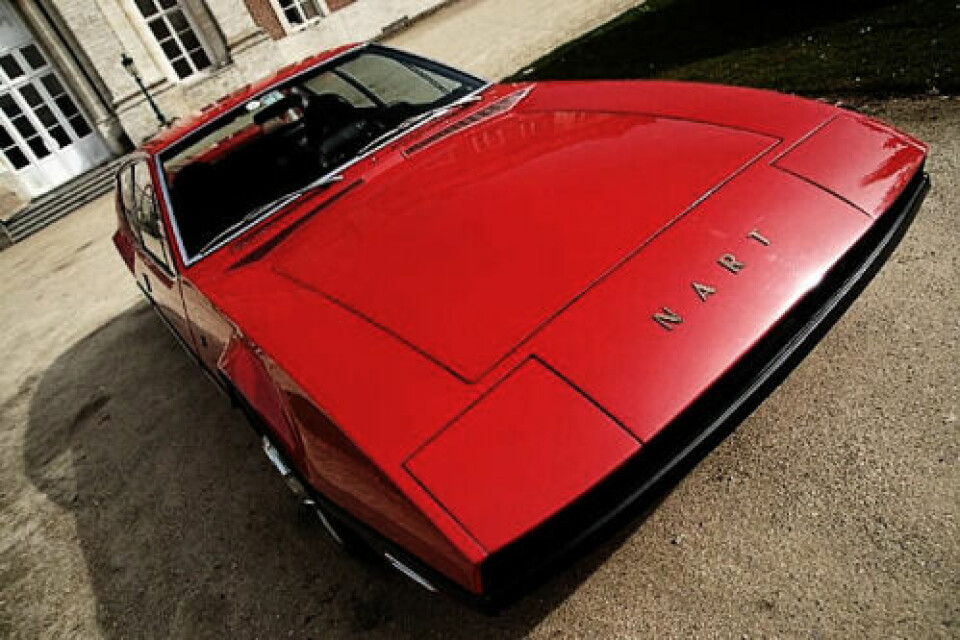
A unique car had emerged. It was Eldorado-sized, but with Italian design cues typical of the time: wedge-y nose, trapezoidal daylight openings on the sides, pop-up headlights, and an overall geometric body shape – a contrast to the more curvaceous Italian designs of a few years prior.
The proportions of the car seem strange to us now, long, and low with a heavy rump, pointed nose and long overhangs. The glasshouse bends down below the beltline, which, combined, with the long wheelbase, gives the impression the car is sagging in the middle. From certain angles, the nose looks impossibly long. From other angles, the proportions seem to resolve themselves into a handsome composition.
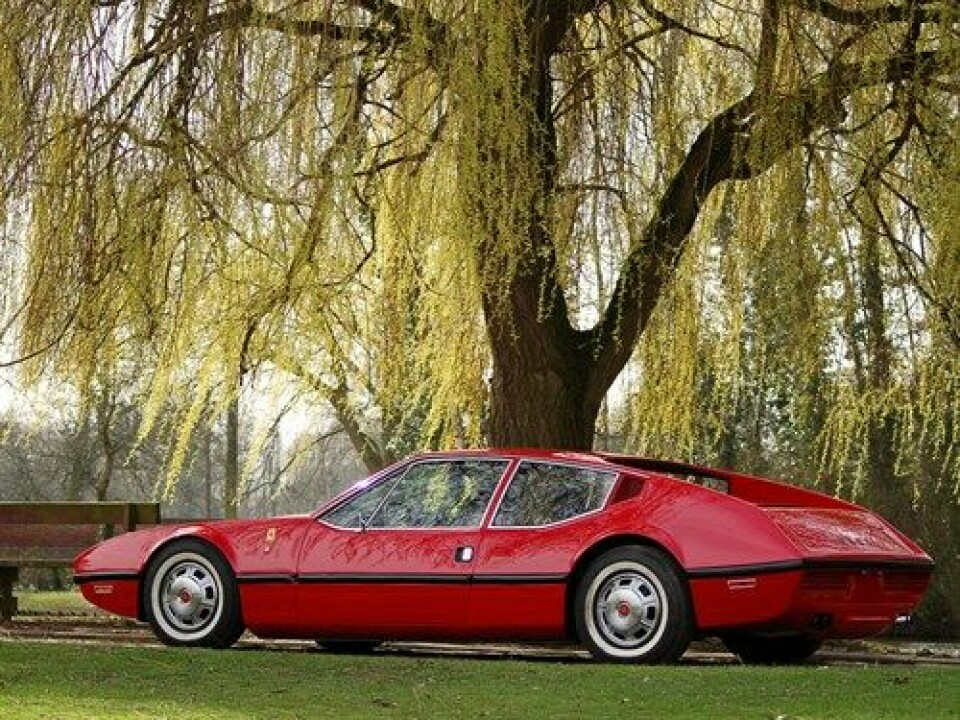
The interior was, like its Eldorado predecessor’s, a leather-clad lounge of personal luxury with a minimal back seat for passengers - the emphasis was on the driver and front passenger. At least the rear passengers were given some view by the generous glasshouse: the rear of the Eldorado was a dark cave. Every luxury available at the time was placed in the N.A.R.T. – power windows and steering, climate control, an AM/FM signal-seeking stereo, and of course, leather seats.
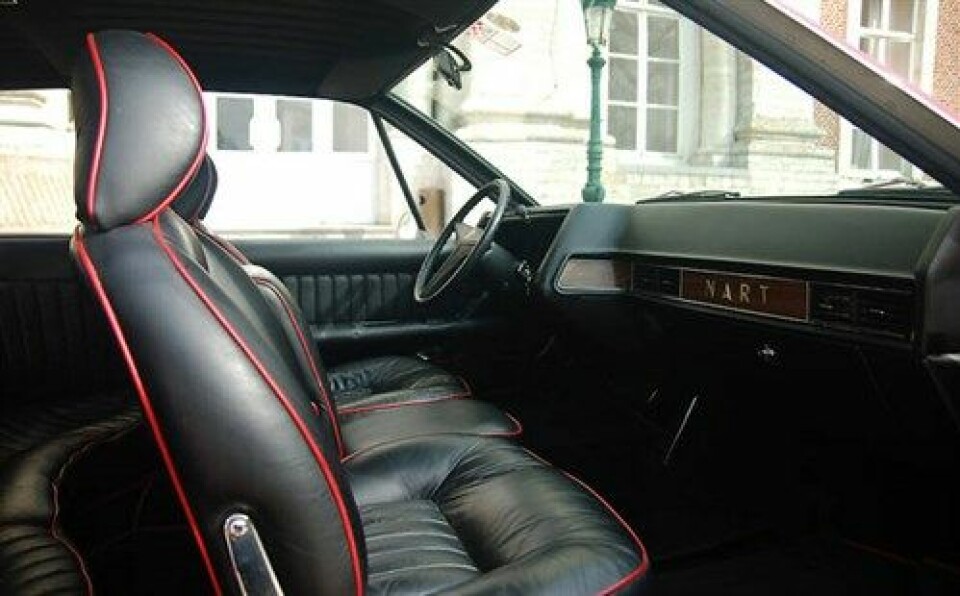
In 1971, the N.A.R.T. was displayed on the Zagato stand at the Turin Motor show, and a few months later on Chinetti Motors’ own stand at the New York International Automobile Show. But by this time, almost three years had passed since the project began, and GM had moved on, frustrated with the delays and facing economic challenges of its own. The N.A.R.T. would pass on into Zagato and GM history, but would be only a footnote. Other projects and cars would come to define design for both companies in the 1970s.
